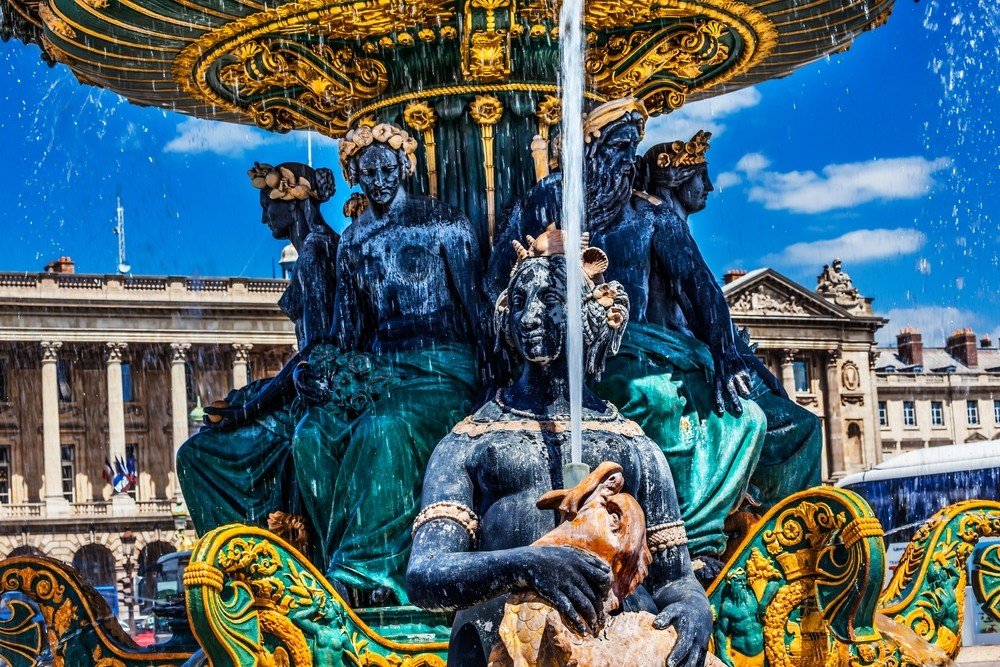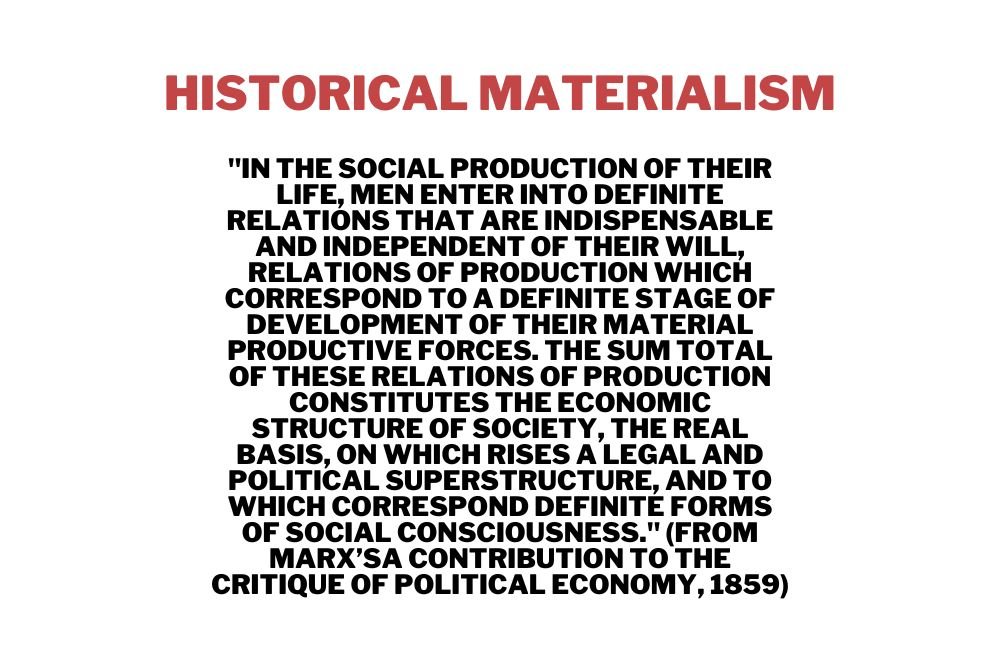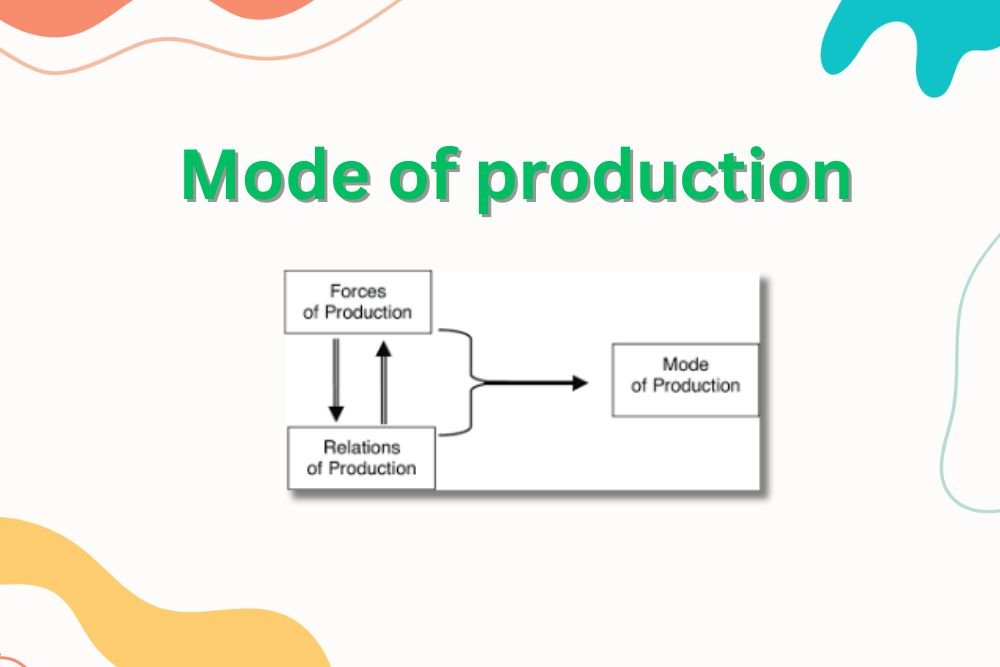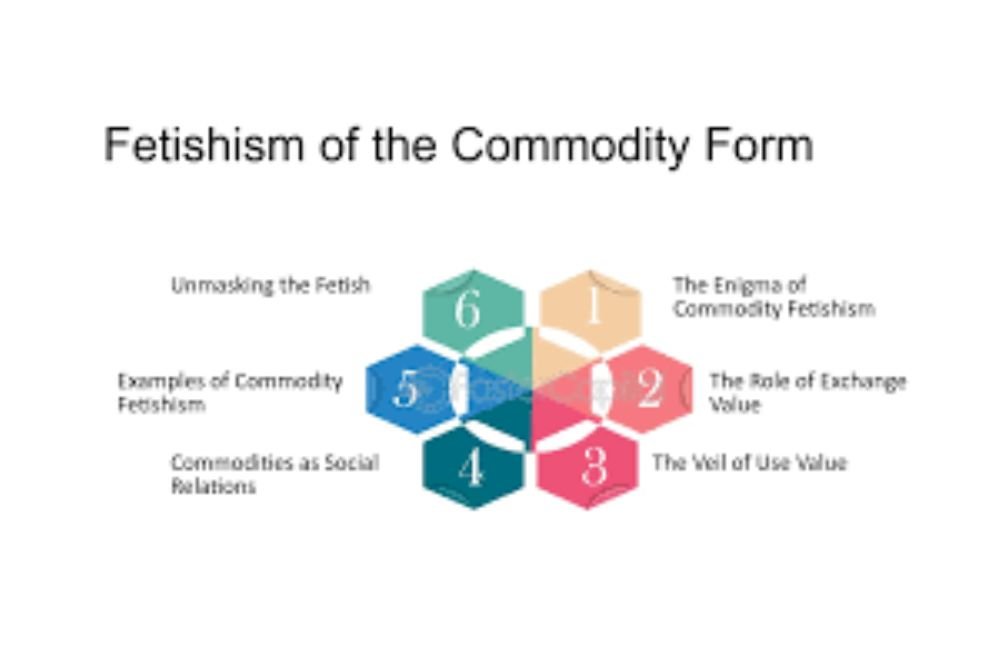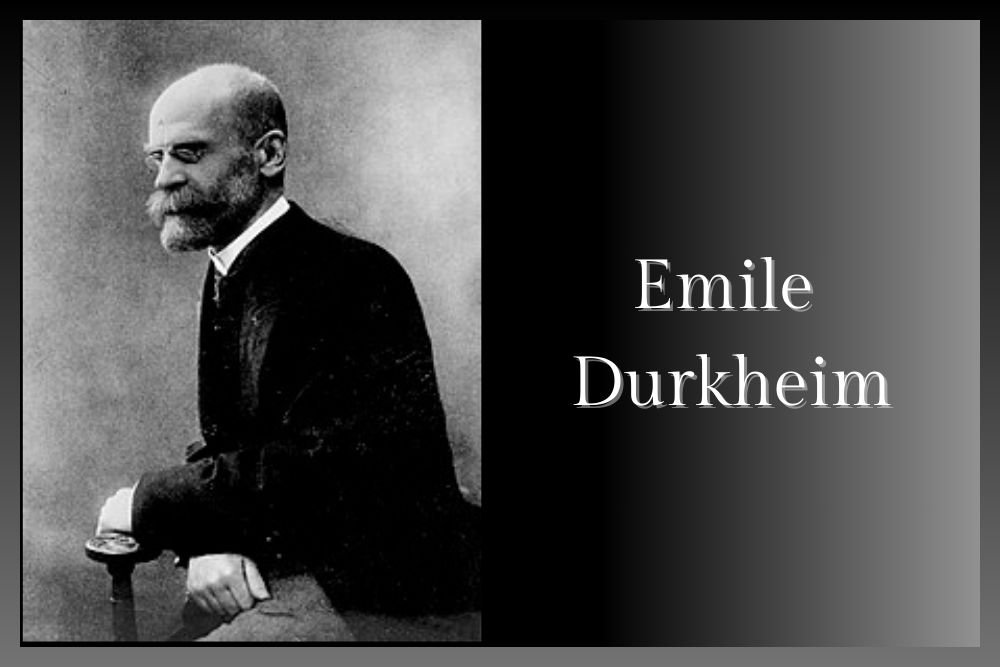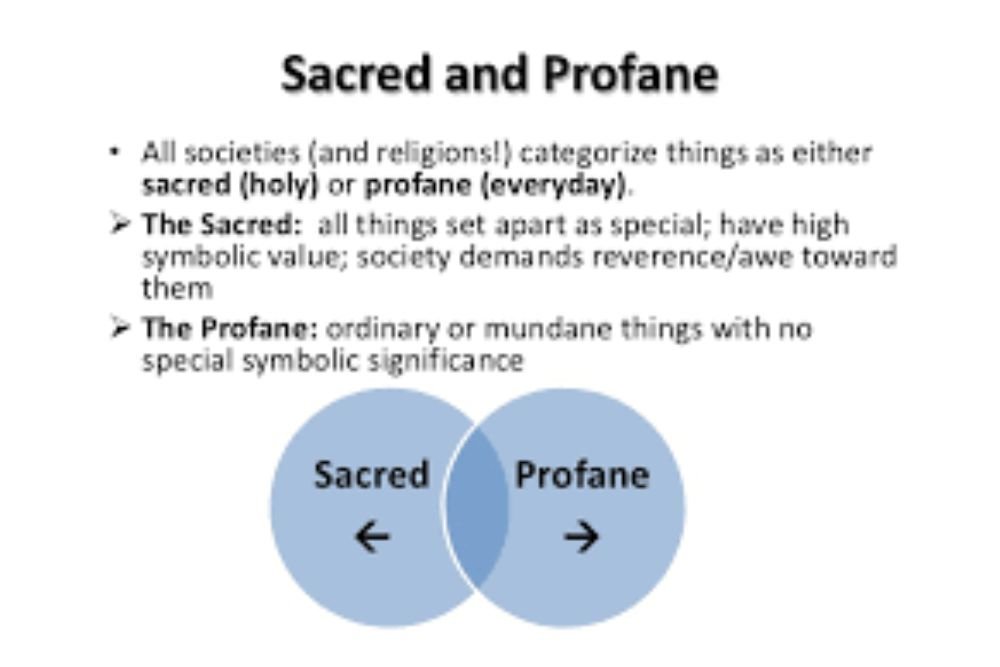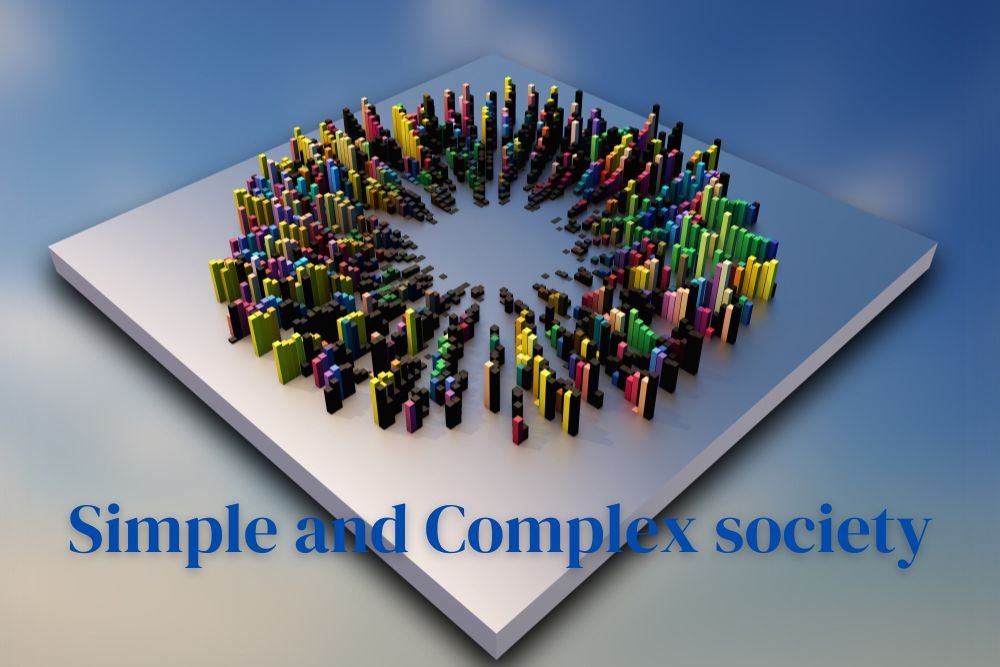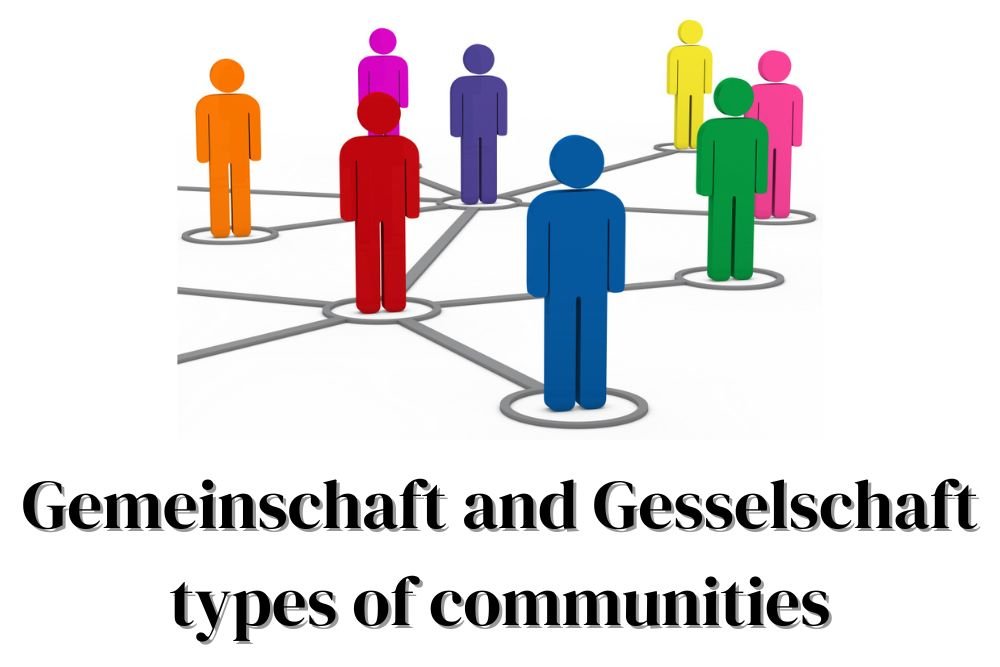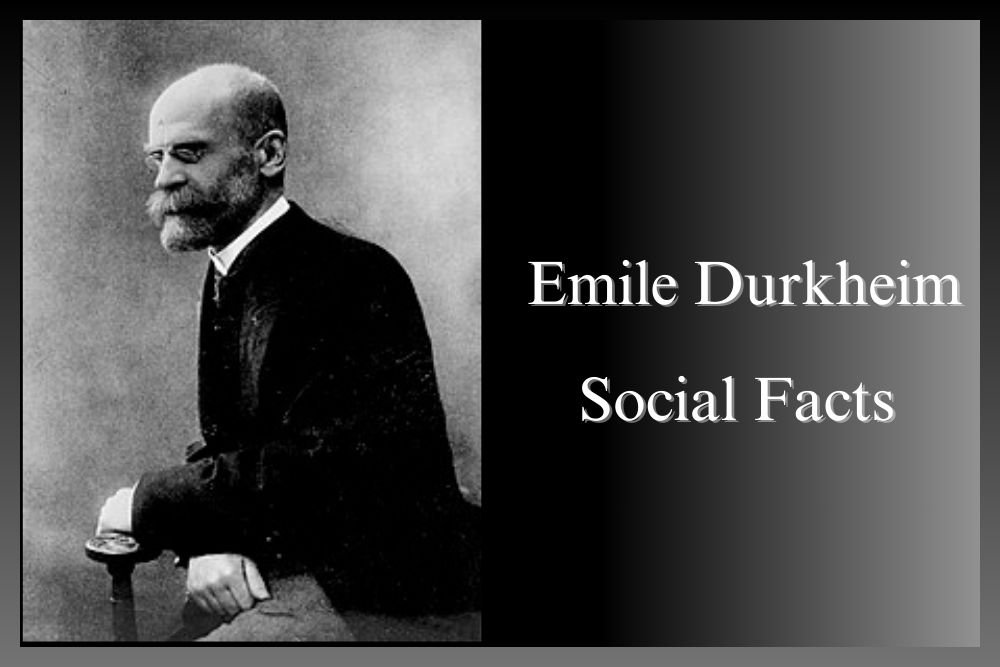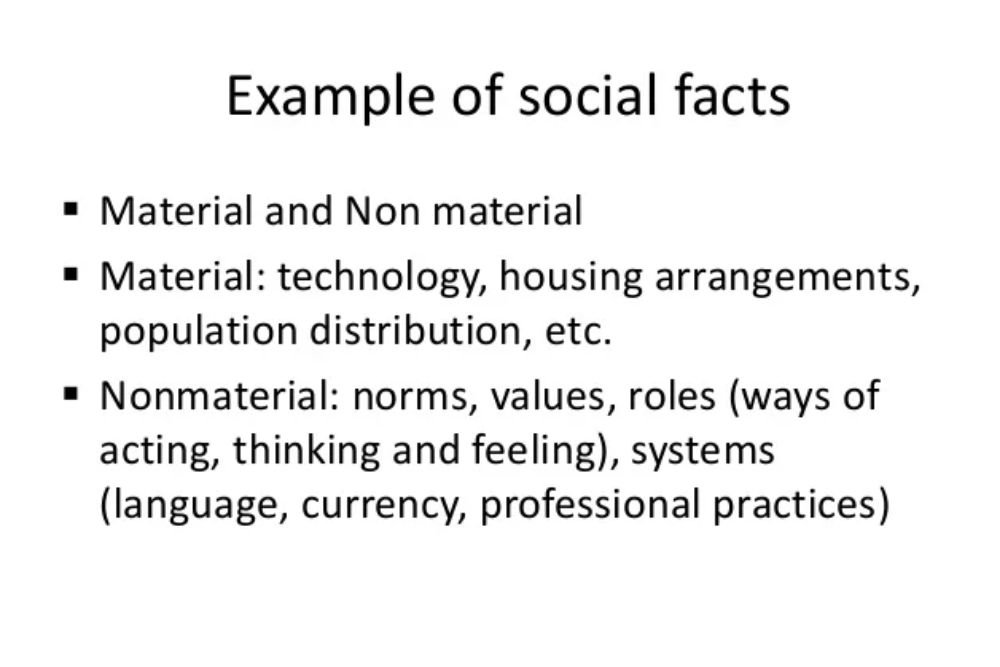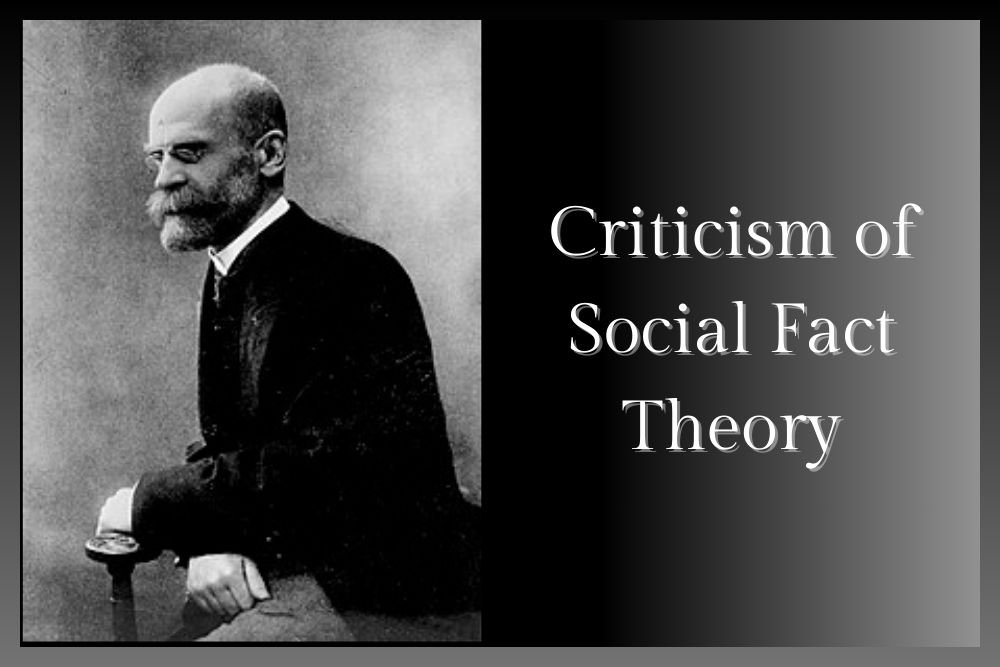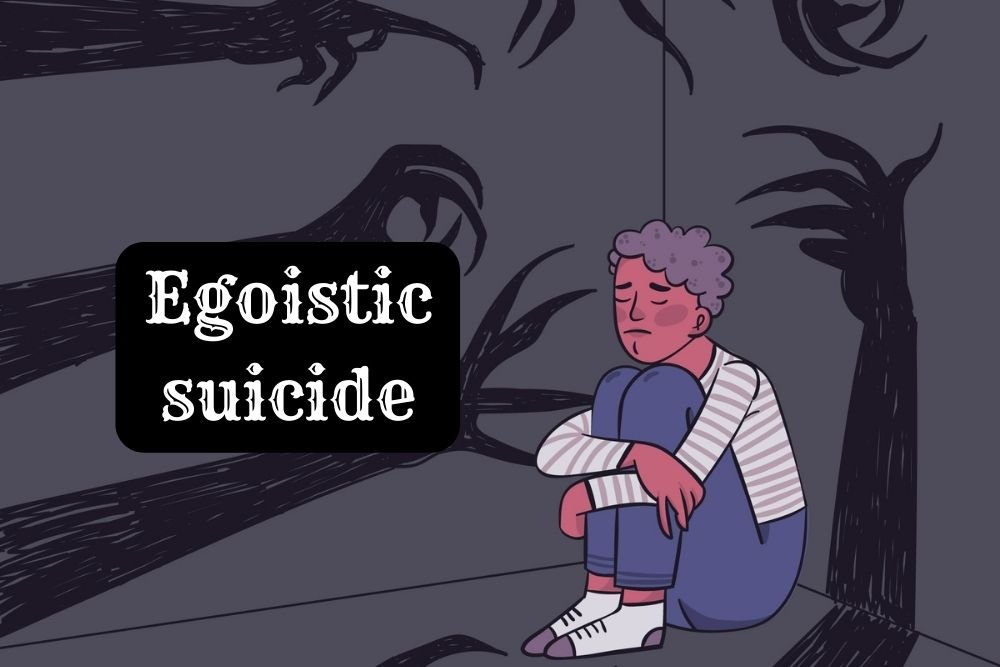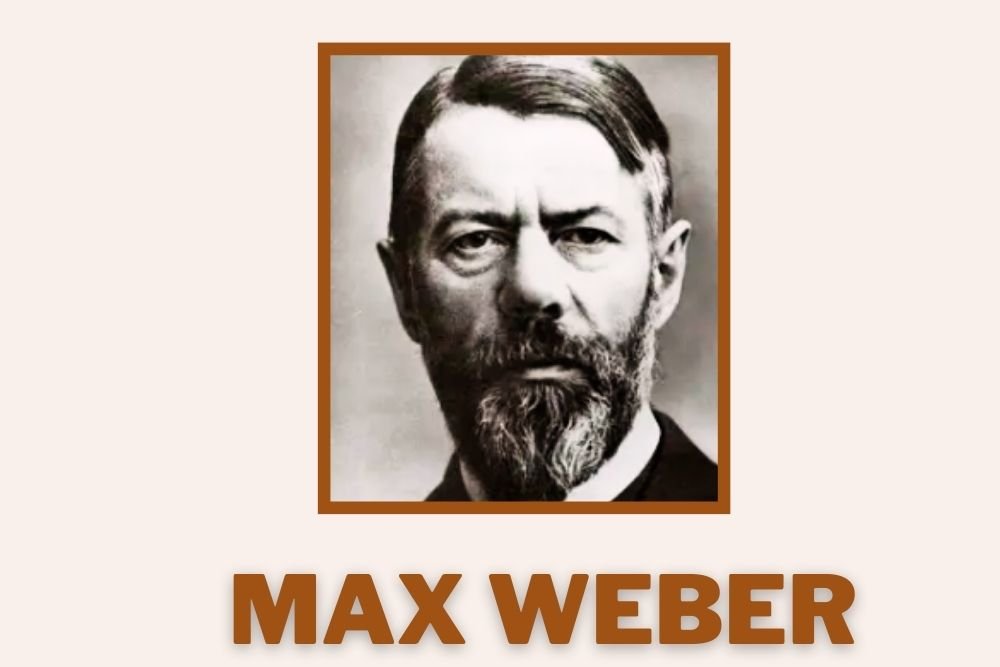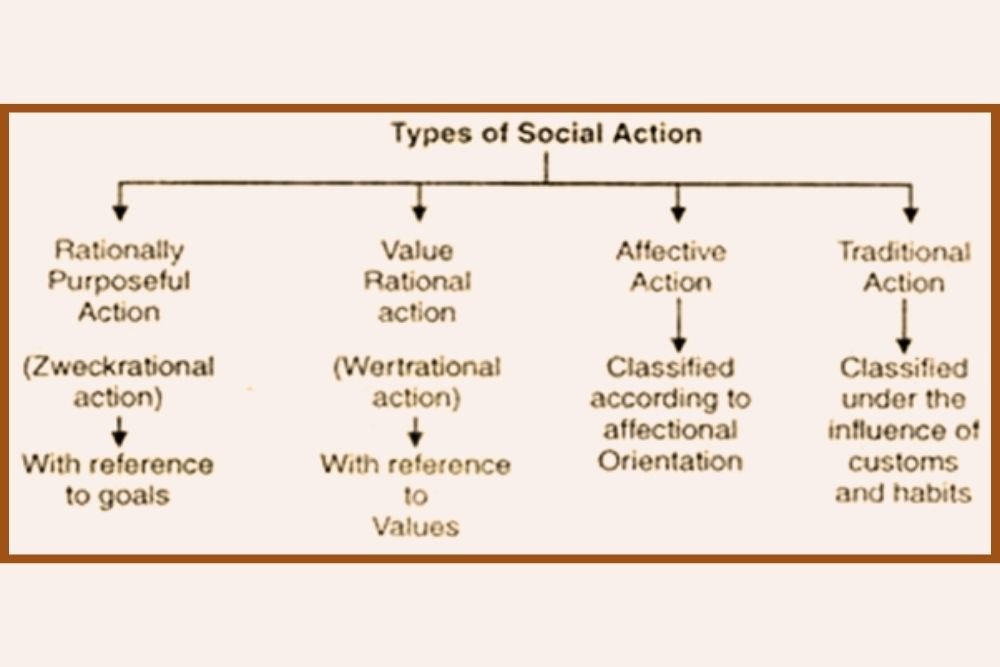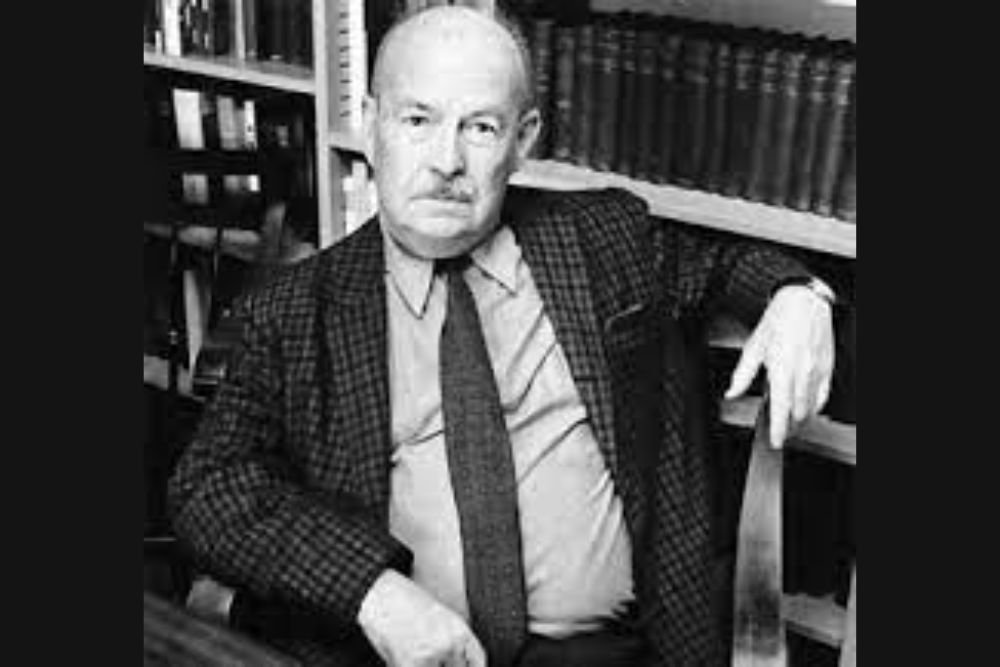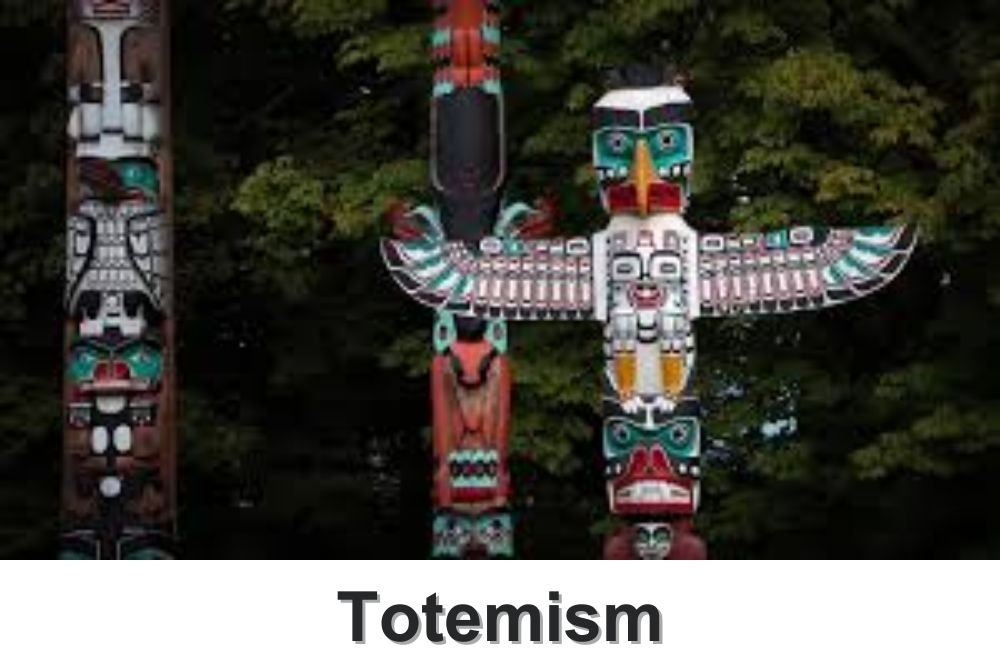
In the vast and intricate realm of sociological exploration, totemism unfolds as an expansive and captivating phenomenon, beckoning scholars and thinkers to embark on a comprehensive journey that spans diverse intellectual landscapes. This cultural practice, woven with layers of symbolism, rituals, and intricate social dynamics, becomes an intricate tapestry that invites a more in-depth exploration. Our intellectual odyssey is guided by the profound insights of eminent scholars such as Émile Durkheim, Claude Lévi-Strauss, Bronisław Malinowski, Victor Turner, and Anthony Giddens. Each of these luminaries contributes distinct perspectives, enriching our understanding of totemism and its multifaceted implications.
Émile Durkheim, often revered as the progenitor of sociology, laid an enduring foundation for the sociological study of totemism in his magnum opus, "The Elementary Forms of Religious Life." Venturing beyond a superficial examination of totemic symbols and rituals, Durkheim's profound insights unravel the intricate sociological implications inherent in this cultural practice. Totems, according to Durkheim, transcend mere artifacts; they represent sacred symbols embodying the collective identity of a social group. The rituals associated with totemism, he posits, play a pivotal role in maintaining social cohesion and reinforcing a shared moral order. Within this conceptual framework, the totem becomes a crystallization of collective consciousness, a potent focal point that shapes the identity of the community.
Our journey into the realm of totemism is further enriched by Claude Lévi-Strauss, a luminary in structuralist thought, whose work "Totemism" adds a new dimension to the study of this cultural phenomenon. Lévi-Strauss ventures beyond surface meanings, delving into the underlying structures and binary oppositions that shape totemic systems. Rejecting the notion of arbitrary symbolism, he posits that totems carry deeper structural meanings, reflecting inherent dualities and social structures within a society. This structural analysis introduces an additional layer of complexity, compelling scholars to unearth the hidden patterns beneath the surface of totemic practices.
Our exploration extends beyond sociology into anthropology, where Bronisław Malinowski, a pioneering figure in the field, contributes significantly to the discourse surrounding totemism. In "Crime and Custom in Savage Society," Malinowski offers a nuanced understanding of the social functions of totemic practices through ethnographic research among the Trobriand Islanders. His work emphasizes the role of totems in addressing psychological needs, providing emotional support during life transitions and crises. This anthropological perspective not only broadens but also deepens the sociological exploration of totemism, bridging disciplinary boundaries to offer a holistic understanding.
As we delve deeper into the sociological analysis of totemism, the concept of ritual emerges as a crucial thread in the tapestry of understanding. Victor Turner, a distinguished sociologist renowned for his work on ritual and symbolism, introduces the notion of "communitas" — the intense social solidarity experienced during rituals. Applying Turner's insights to totemic ceremonies allows for an exploration of the communal bonds forged through these symbolic acts. The rituals associated with totemism become not just expressions of religious fervor but crucial moments where communities experience a heightened sense of togetherness and shared identity.
Furthermore, the sociological study of totemism opens avenues for examining broader issues of identity, collective memory, and social integration. The contributions of Anthony Giddens, a contemporary sociologist known for his exploration of the duality of structure and agency, offer a lens through which to analyze how individuals navigate their identities within totemic systems. Giddens's emphasis on the active role of individuals in shaping social structures allows us to consider how people actively participate in and influence these cultural practices.
In conclusion, totemism, as a subject of sociological exploration, unfolds as an intricate tapestry that beckons scholars to delve into its multifaceted layers. Émile Durkheim's foundational insights, Claude Lévi-Strauss's structural analysis, Bronisław Malinowski's ethnographic contributions, Victor Turner's emphasis on ritual, and Anthony Giddens's considerations of identity collectively provide a robust and comprehensive framework for understanding the sociological dimensions of totemism. This captivating and complex cultural phenomenon, as we navigate its intellectual terrain, reveals itself not only as a subject of scholarly inquiry but as a dynamic force reflecting the intricate interplay between symbolism, rituals, and social cohesion within human societies. The tapestry of totemism, ever-evolving and expansive, invites continual exploration and scholarly engagement, promising new insights and revelations as the intellectual journey unfolds.




